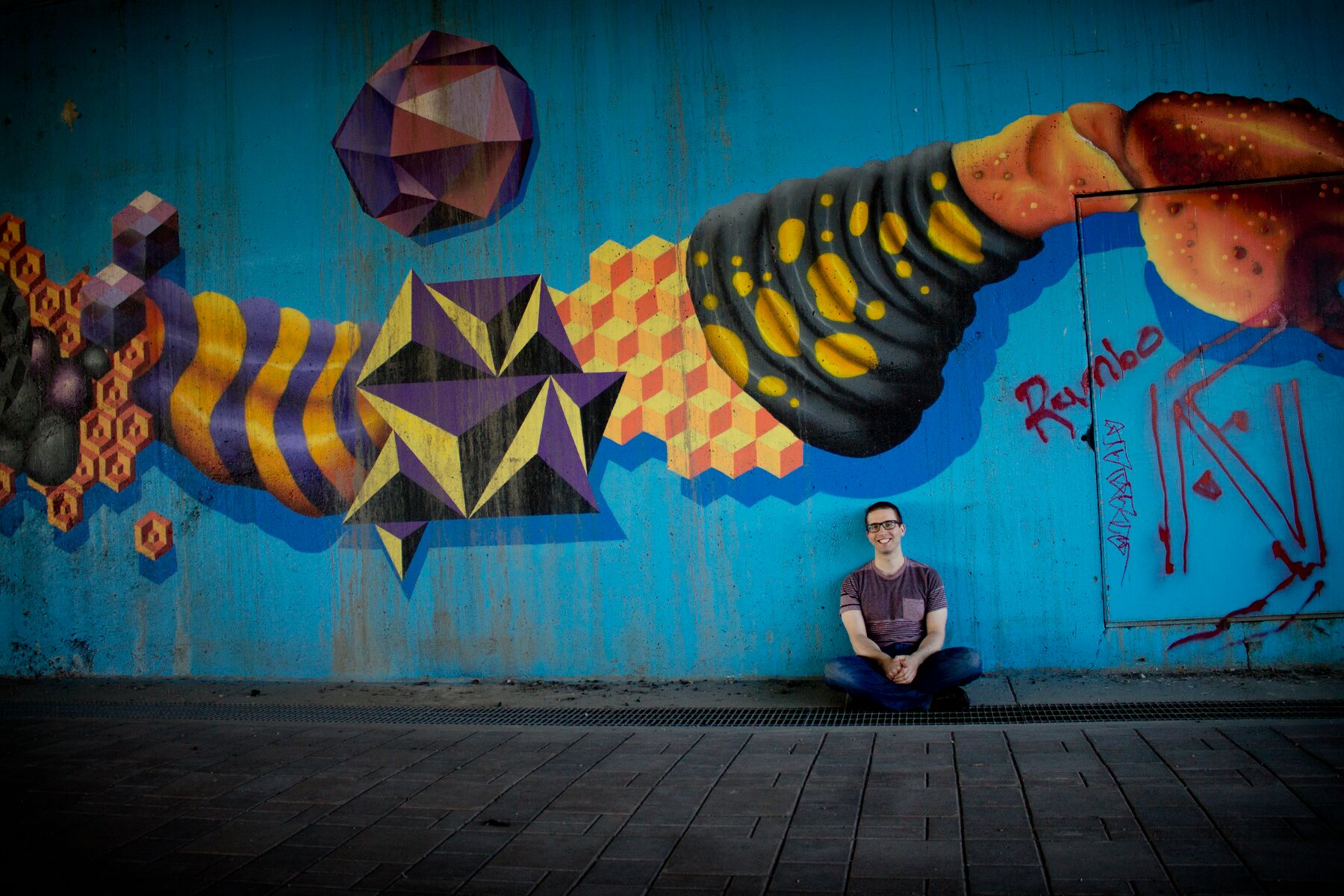Getting outdoors is one tremendous way to improve mood instantly, and around here, we’re not interested in letting things like “cold weather” get us down from improving our mood and fitness level. The ultimate way to tackle this challenge is through proper gear. I’m going to highlight in this episode, how to tackle cold water swimming using the right gear.

So here is all my cold water swimming gear, shown in the picture above. Now there is many people who congregate at the beach by the river, but I am the only one who gets to enjoy the benefits of front crawl swimming! The water is too cold without a little help from our old trusty friend, clothing!
Now, the full body wetsuit is the most important thing if you want to start doing some river or lake swimming. That one piece of gear will get you at least neck deep into some pretty chilly territories. The wetsuit will also provide buoyancy in the water, so I can lay on my back without even paddling and not sink down too far. This provides some much needed rest and will bring you downstream a bit.
The second most important step is the goggles and the swimming cap. The wetsuit is great for doggy paddling, treading water etc. But if you want to immerse your head fully to complete the breast stroke, front crawl you will need some head protection. In Saskatchewan the fresh water reserves are still chilly in June and the cold water rushing over your ears and head will quickly make you think better of immersing your head for too long. However, getting a thermal, ear covering swim cap makes all the difference. Add some earplugs if your ears sensitive to the cold, and you should already have some goggles kicking around, and if you don’t GO BUY GOGGLES RIGHT NOW, that is a critical step for becoming superhuman!
Now, the thermal gloves and socks I would consider the least important of the equipment I’ve listed, but they still make extended swimming sessions much more enjoyable. One of the side benefits of having gloves is that they cover up the arm openings of the wetsuit, so when I am doing the front crawl, no water gets into the arms of the wetsuit. The socks keep your feet warm and also provide a nice buffer incase there is rocks or twigs that step on.
So if you are interested in giving cold water swimming a try, I would recommend ALL the gear listed below, but if you want to start small, then purchase the items listed in the order below.
- Wetsuit, full body is best, but if you already have a half length wetsuit, give that a try first.
- Goggles
- Thermal swim cap that covers the ears, optional earplugs
- Thermal swim gloves
- Thermal swim socks
I much prefer fresh water swimming compared to swimming in a chlorine filled pool, which dries out my skin terribly. Plus, its ALWAYS open, rather than the limited lane swim times of the local pool. However, the best thing about fresh water swimming is that it’s FREE and will build up your finances and strength, which is what we aim for around here!
If the weather is beautiful, get out and swim! Actually, the weather doesn’t matter, you just need the right gear!
Adam
